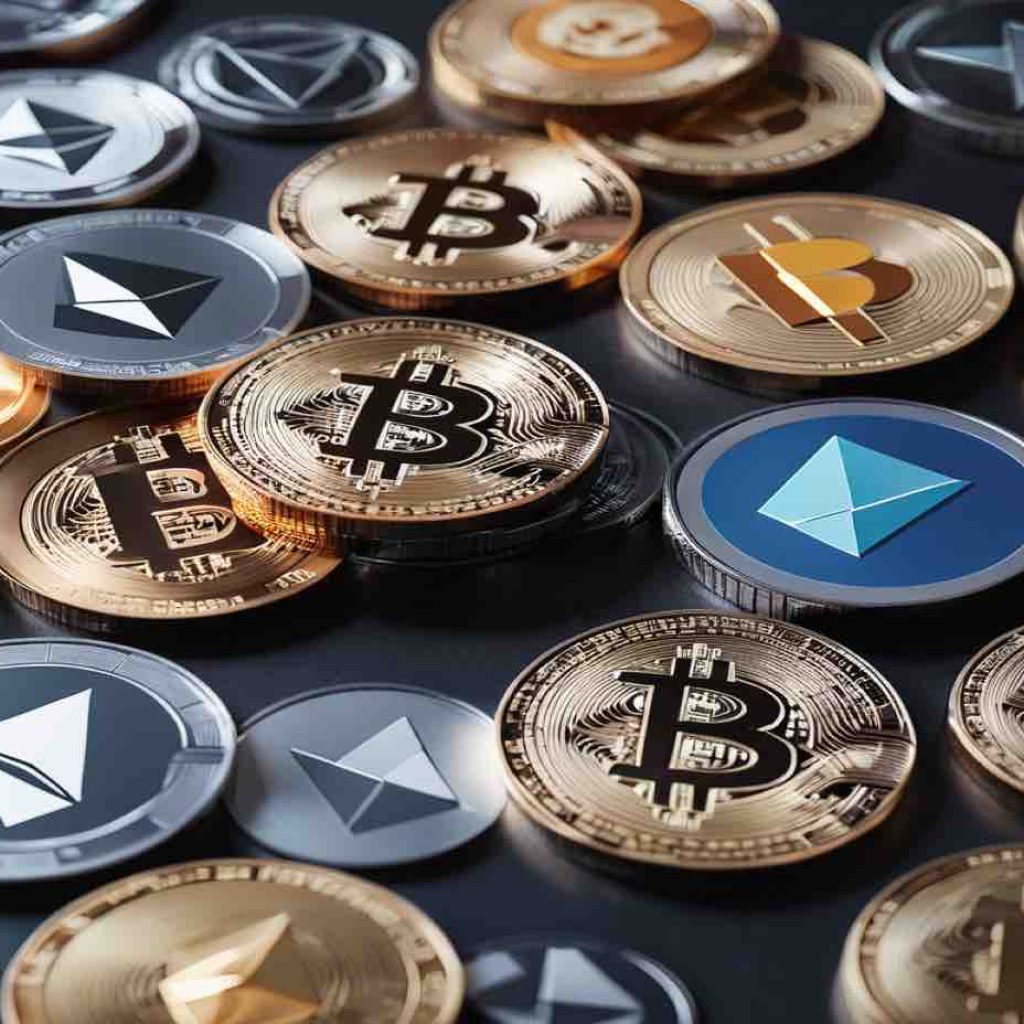Under the bold leadership of Randal Quarles, the well-respected banking regulator of the Trump era, and Vivek Tyagi, a former risk officer at the ill-fated Silicon Valley Bank, a unique financial institution christened ‘Currency Reserve’ is set to launch.
This innovative venture is striving to address the acute global shortage of tangible dollars, a situation they perceive to be detrimental to global financial markets.
Unraveling the fabric of traditional banking
In a radical departure from the norm, the bank will not follow traditional banking activities like extending loans or taking deposits. Instead, its primary aim will be to vend and deliver US dollars to local banks situated outside the US.
It’s a pioneering endeavor that is poised to reshape the fabric of global financial operations and poses a remarkable challenge to the dominance of the USD.
This month, Currency Reserve entered the public eye as an applicant seeking regulatory permission to open an account with the US Federal Reserve.
Such an account would allow the company to access cash directly from the Fed, significantly reducing the company’s operational costs.
However, the proposed banking model does not fit within the conventional regulatory frameworks, thus subjecting the application to a stricter review process. To further set them apart, Currency Reserve has refrained from applying for government-backed deposit insurance.
Vivek Tyagi, ex-risk officer at Silicon Valley Bank and former Goldman Sachs employee, will serve as the CEO of Currency Reserve. Randal Quarles, alongside his firm The Cynosure Group, holds an investor position without operational responsibilities.
The application also names Richard Ravitch, former lieutenant-governor of New York, as a part of the team.
Challenging the USD hegemony
Although Quarles’ involvement has sparked inquiries, he maintains that his past tenure at the Fed, during which time he actively rolled back banking regulations, bears no relation to the recent bank failures or turbulence within the regional banking industry.
Quarles and his fellow founders are making a calculated gamble, asserting that despite the ascent of digital transactions and cryptocurrencies, the demand for physical US dollars will persist.
Evidence of this was seen recently in Brazil, where an escalation in USD hoarding led to lengthening bank queues and the birth of a parallel market where dollars were sold at slightly above the official exchange rates.
Furthermore, US lenders have faced regulatory pressure to sever ties with foreign banks over money laundering concerns, thereby exacerbating the scarcity of USD outside US borders.
The primary clientele for Currency Reserve’s services is local banks serving small-scale merchants, particularly in regions frequented by US travelers or areas with a weak local currency. The team believes that these establishments need physical USD to conduct operations smoothly.
Matthew Hurlock, a former mergers and acquisitions attorney who recently joined Currency Reserve as general counsel, encapsulated the venture’s aspiration perfectly.
He stated, “Our ambition is to provide this service better, faster, and more efficiently by utilizing industry-leading technology.”
By challenging the conventional banking model and USD hegemony, Quarles and Tyagi’s Currency Reserve is potentially establishing a new paradigm in global financial operations.
Time will tell if this venture manages to ease the physical dollar shortage and redefine how we perceive currency exchange in a digital era.





